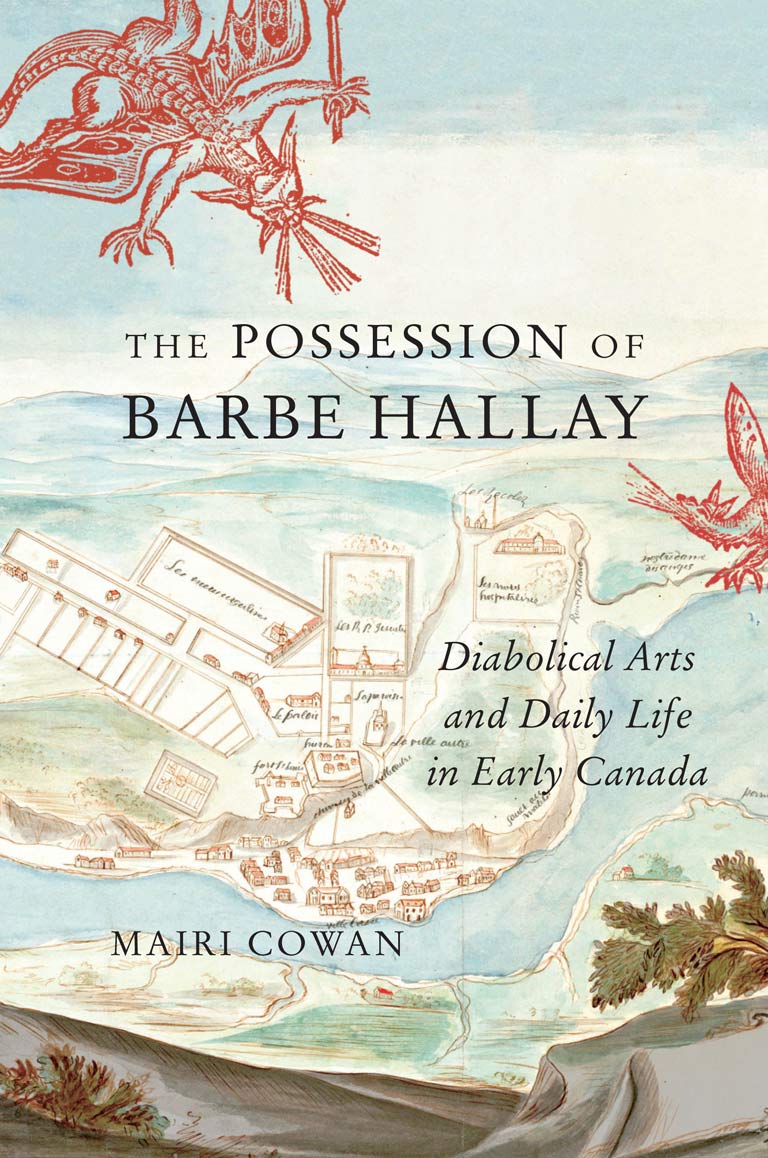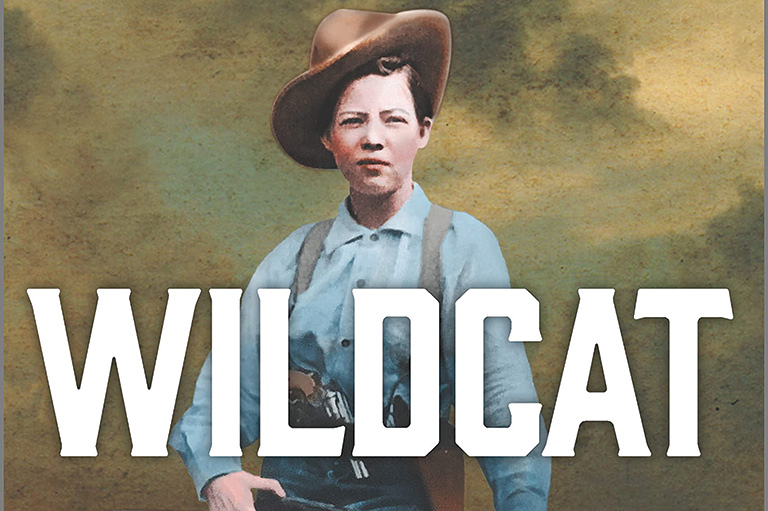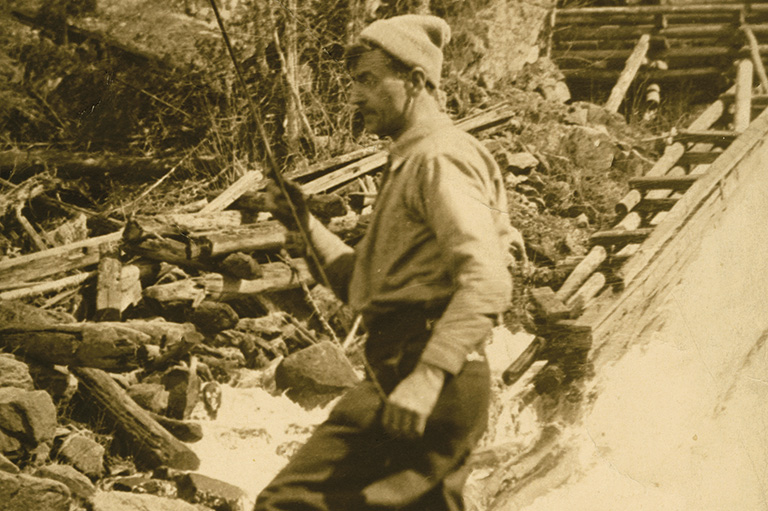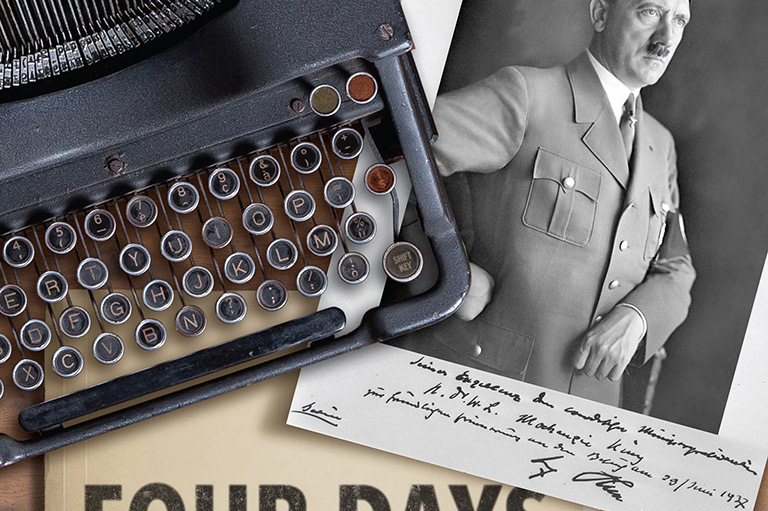The Possession of Barbe Hallay

The Possession of Barbe Hallay: Diabolical Arts and Daily Life in Early Canada
by Mairi Cowan
McGill-Queen’s University Press
269 pages, $29.95
What an anxious, gossipy community New France was in the mid-seventeenth century. There was much to trigger fear — external attacks from savage winters and hostile Haudenosaunee, internal schisms between power-hungry governors and prelates, and the constant menace of disease and starvation. The French population in New France was only about 1,700 in 1659. Fewer than 800 lived in Quebec City, the town founded a mere fifty years earlier by Samuel de Champlain and cut off from Europe by ice for at least six months a year. The shabby little colony was far more insecure than would have been suggested by either the propaganda circulating in France about New France’s potential or royal edicts about its governance. No wonder many would-be immigrants took one look at the New World and turned tail.
This was the society to which the Hallay family, from an agriculturally rich area near Chartres, France, travelled across the vast Atlantic in 1659. Barbe Hallay was the middle of three daughters of Jean-Baptiste Hallay, who had already acquired land in the colony. Soon after their arrival, Barbe, then in her early teens, went to work as a domestic servant at a seigneury outside Quebec. She began to see demons, while others complained of strange noises and flying stones. The local miller, Daniel Vuil, was blamed for the “infestation”; he was said to be deliberately harassing Barbe because he wanted to marry her and she had refused him.
Mairi Cowan, an associate professor in the Department of Historical Studies at the University of Toronto Mississauga, has scoured religious and civil records to track the life of Barbe Hallay. Cowan uses Hallay as a window into this early period of French-Canadian history, her careful narrative giving readers far more contextual information than information about Hallay herself. Sometimes Hallay’s own story is submerged by the details about demonology and witchcraft, the church’s baleful influence, conflict between the Catholic Church and the colonial state, the status of women, and the unstable relationship between colonists and their Indigenous converts.
Nonetheless, the account of a young woman struggling for agency in a precarious society is intriguing. In a society where young unmarried men of French origin outnumbered marriageable women by twelve to one, Hallay would have had considerable choice in partners, and Daniel Vuil, a former Huguenot, already had a reputation for “bad customs.” Hallay’s period as a “demoniac” — someone possessed by evil spirits — could have been a strategic response to Vuil’s unwanted attentions. In any case, Vuil was already unpopular within the colony, and for reasons that are unclear he was executed in October 1661.
However, Hallay’s demons continued. She took up residence in Quebec’s Hôtel-Dieu, a fact that allows Cowan to devote a chapter to the hospital’s dual role as both a missionary institution and a facility dealing with spiritual and physical ailments. Over the course of several months, the Hôtel-Dieu nuns failed to exorcise Hallay’s demons, despite attempts to draw on the intercessory powers of the martyred Jean de Brébeuf. Next, Hallay found herself working as a servant at the seigneury of Beauport, where she continued to show signs of possession. There the seigneur’s wife successfully rid Hallay of the demons thanks to a relic — the rib bone of Jean de Brébeuf — that she laid across Hallay’s side. Barbe Hallay was finally liberated.
Hallay would live thirty-three more years in New France. While little information about her post-demonic life has survived, Cowan uses the quotidian details of the life of a humble female French settler to portray the evolution of the colony into a more settled, less fearful society by the end of the seventeenth century. The local story of Barbe Hallay’s possession allows the author, as Cowan herself suggests, to illuminate “the texture of everyday moments within grander historical narratives.” Although Cowan’s sketch of Barbe Hallay remains a faint imprint, the close examination of her world is fascinating.
We hope you’ll help us continue to share fascinating stories about Canada’s past by making a donation to Canada’s History Society today.
We highlight our nation’s diverse past by telling stories that illuminate the people, places, and events that unite us as Canadians, and by making those stories accessible to everyone through our free online content.
We are a registered charity that depends on contributions from readers like you to share inspiring and informative stories with students and citizens of all ages — award-winning stories written by Canada’s top historians, authors, journalists, and history enthusiasts.
Any amount helps, or better yet, start a monthly donation today. Your support makes all the difference. Thank you!
Themes associated with this article
Advertisement
With 7 uniquely curated newsletters to choose from, we have something for everyone.
Save as much as 40% off the cover price! 4 issues per year as low as $29.95. Available in print and digital. Tariff-exempt!




